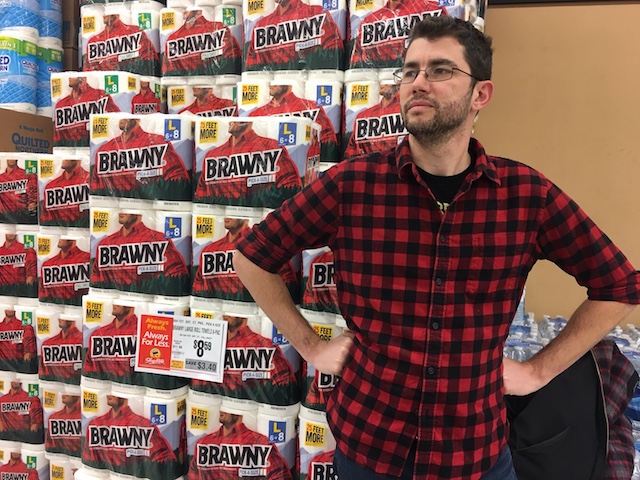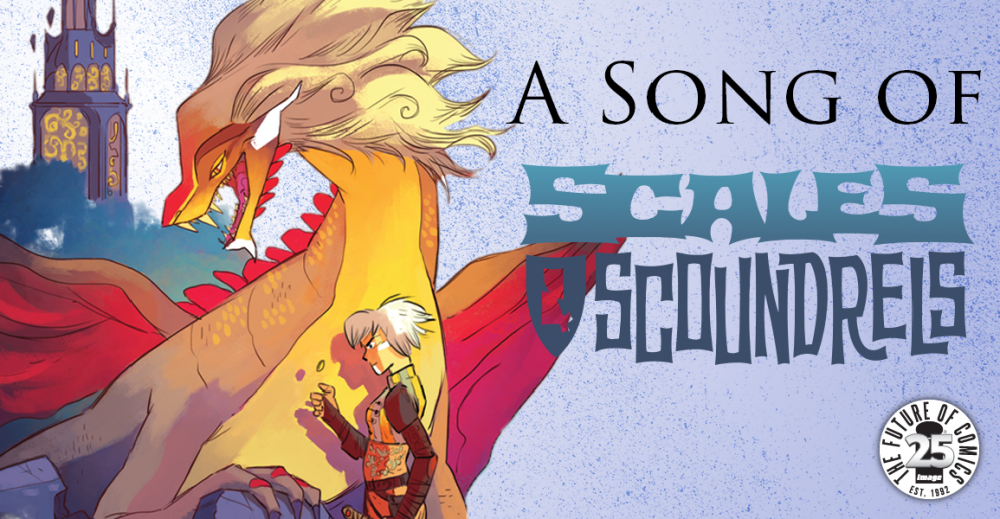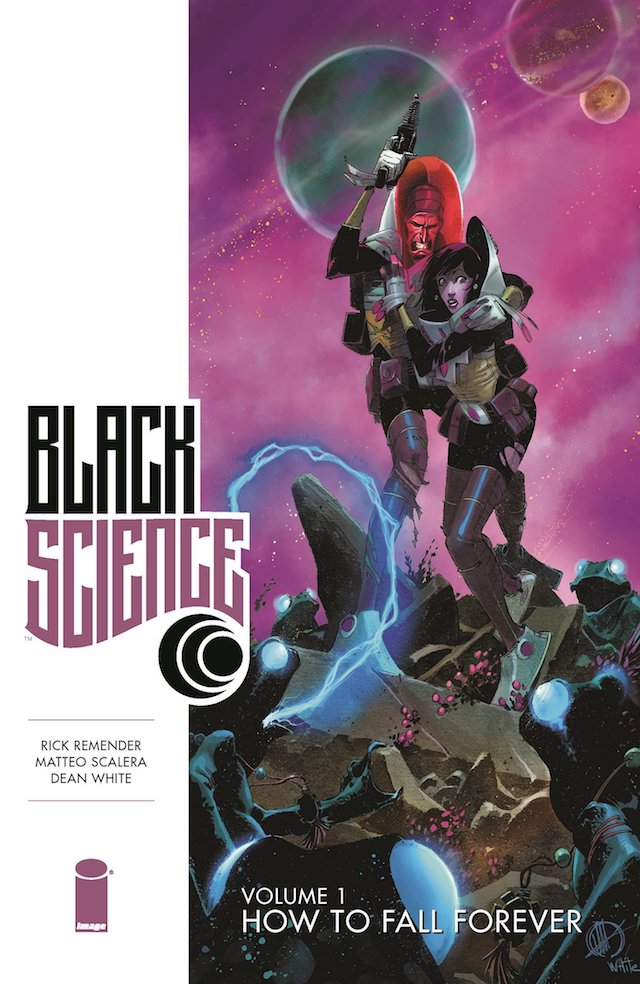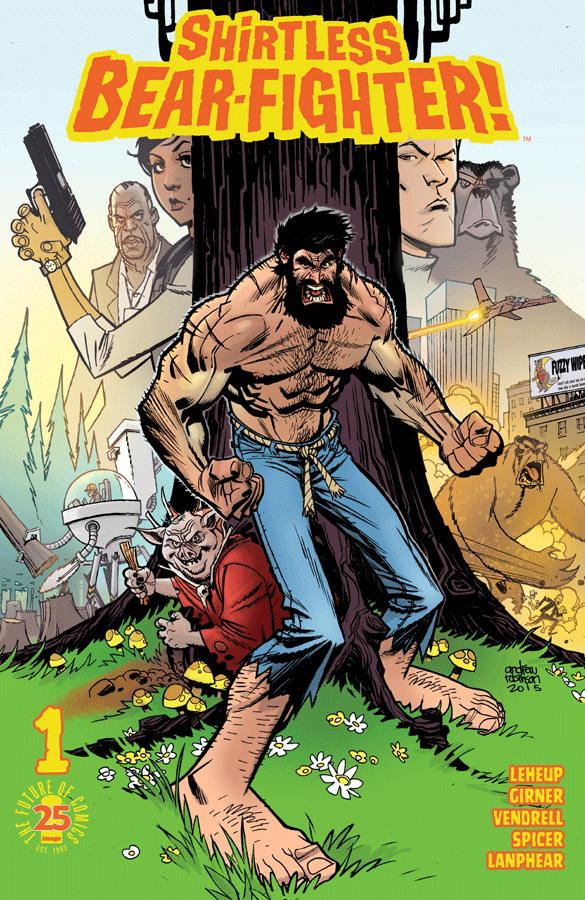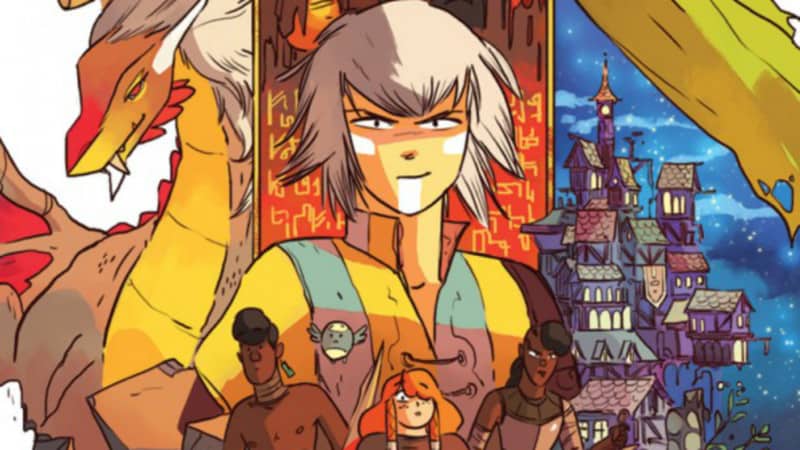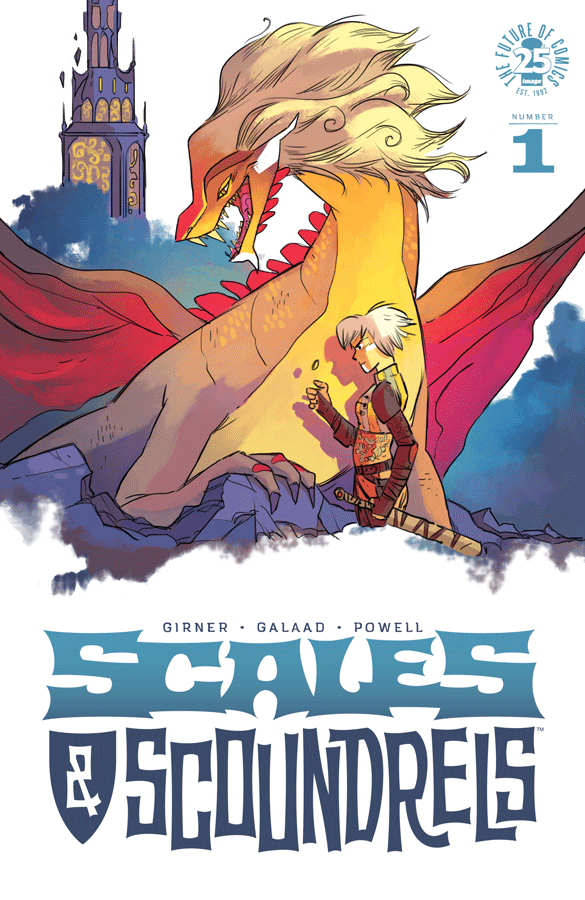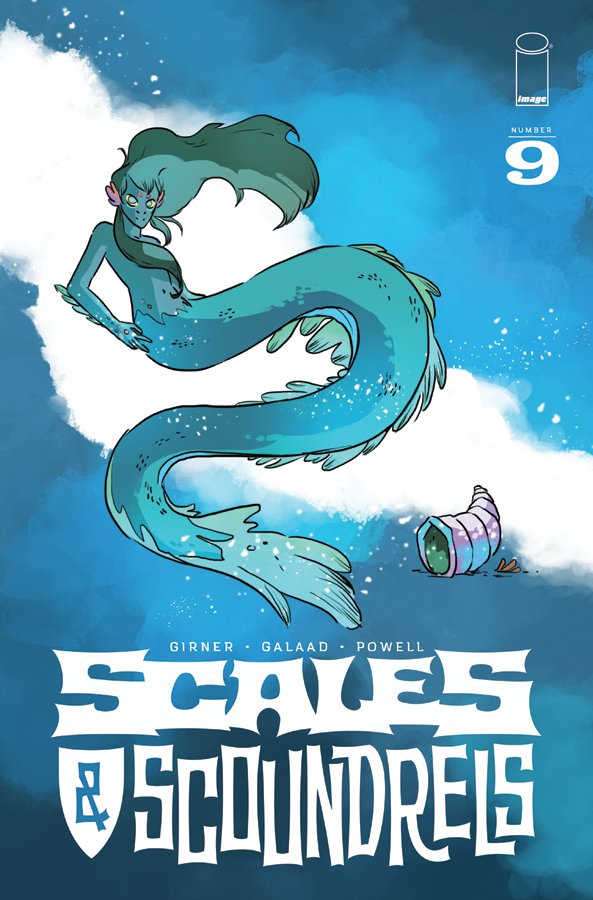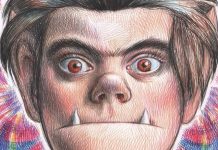When top writers like Jason Aaron and Rick Remender wanted an editor on their Image titles, Sebastian Girner was the person they called. Given the praise, accolades, and sales for books like Southern Bastards and Black Science, their decision to hire Girner was clearly a good one. Sebastian has turned editing Image titles into a career, and I was excited to learn from him about the process of putting books together, and how his experiences there led to recent creative pursuits with Shirtless Bear Fighter and Scales & Scoundrels. Check out my interview with him below.
Several A-list creators left Marvel to do comics as Image and hired you to edit them. If you can get into their heads for a moment, what do you think made them choose you to join them?
Some of first books I edited as a freelancer were Remender & Scalera’s Black Science and Aaron & Latour’s Southern Bastards. I had worked with both Rick Remender and Jason Aaron during my time at Marvel, and both were still writers for Marvel at that time as well. So, it was less a case of them leaving the company, though Rick would end up returning to creator-owned comics full-time some years later. But they obviously saw the benefit of having someone run the minutiae of schedules, production comics for creator-owned projects, all the stuff creators could count on when working with editors at Marvel or DC.
Editors can make your life a lot easier (and harder too, but hopefully only in a good way, when they push and challenge you to be your best) and I really wanted to help make the job viable even when removed from a big publisher. There is a lot of work that flows into making a comic that goes beyond the writing and drawing of it, and a good editor can help traffic and quality control all of it.
How much of your role as an editor is about the creative process versus project management?
That depends on the project, the point at which I join a team, and, of course, the creators’ wishes. I make it a point to talk about that kind of stuff before I come on board a project, what is it they’re looking to get out of hiring an editor. I can take a backseat on the creative process if so desired, but I’ve found that the majority of creatives appreciate having a sounding board, or someone who can give feedback on story or character ideas. Ask questions, propose solutions, that kind of stuff. But the largest part of my day will always be spent on project management, chasing deadlines, making calls.
Maintaining a schedule is notoriously difficult on creative projects. The publishing history of Image Comics itself speaks towards that. What did you do as an editor to keep the trains running?
I try to be as clear and upfront as possible before and after every issue, laying out not only the deadlines for this upcoming, but all issues afterward, and then engage in needling the artists in flavors ranging from friendly to forceful. Hitting a deadline once or twice in a row is one thing, it’s quite another to do it consistently over the course of years, and that’s one of the major obstacles of creator-owned comics. It gets a little Sisyphean, but I hope the quality and regularity of the books I’ve worked on speak to the benefit of an editor, though, of course, there are always cases where I wish I could have done more.
What have you learned about storytelling from helping some of the industry’s best comics come together?
I’ve been in comics ten years now and everything I know about storytelling and the craft I learned on the job, working with creators. What I love most about comics, in particular, is the collaboration, how a group of creatives can come together and alchemize a story, world, and characters that are more than the sum of the parts each creator brings to the table individually. And, of course, when you’re working with several different writers, artists, letters, and designers, you can see how everyone approaches creative problems, and solves them, differently.
As an editor, you’re in the panopticon of a comic’s creation, so it’s a great position from which to learn about every aspect of the creative process.
Apart from the writing, how did your experience as an editor prepare you to launch your own titles?
It helps immeasurably to know all the steps that have to happen after the writing and art are done. Line editing a lettered comics, prepping production, organizing print files, marketing and promotion, setting up press and interviews and just generally running a book. Those are all things an editor does which fall onto creators themselves when doing a creator-owned book. So, having experience in all those tasks went a long way.
Was it a deliberate choice to co-write your first comic through Image rather than writing it all yourself, or did it simply work out that way?
That just kind of worked out that way. Shirtless co-writer / co-creator Jody Leheup and I were roommates back when we were both editors at Marvel, so we lived and breathed comics 24/7. After he left his job as a Valiant editor, I was freelancing at the time, and both of us were writing on stories of our own, but then we had that immaculate conception of Shirtless Bear-Fighter!, so we decided to collaborate on that. It was a real challenge for both of us to set out on our first proper writing project as co-writers, but I think the results were well worth it. It’s a time and a comic I can look back on and smile when I’m old and grizzled.
The styles of both Shirtless Bear Fighter and Scales & Scoundrels are more animated and less detailed than the majority of Image’s output. Have you found them to be tougher sells with either publishers or audiences because of that?
It’s true that both books are a bit more animated, both in style and tone, that set them apart from most other offerings in Direct Market monthly comics. But Image didn’t bat an eye at either pitch when we sent them in, much to their credit, and Shirtless actually did quite well in the direct market, we had a good little grassroots marketing campaign running there, I felt.
Scales is definitely a bit more the outlier there. These days it’s common for monthly sales of most any book to drop pretty sharply after the first couple issues, but we went into this series conscious that this was a book that was going to find the majority of its audience in the book market and in libraries.
So, while putting it out as a monthly comic is really important to us, our expectations regarding sales and audience growth are centered around the trade paperback releases.
But I really wanted something like Scales & Scoundrels out in the monthly comics realm. Galaad, Jeff and I have shipped the first 10 issues on time and are far enough ahead on the schedule to ensure we can do the same with the next 10. I think once we hit that critical mass of a few trades circulating and retailers and readers realizing Scales will always be waiting for them, I believe we’ll make some headway in the monthly sales as well.
What attracts you to artists with very expressive styles?
I think you have the answer in the question: they’re very expressive! I grew up reading much more Franco-Belgian comics and Manga than American comics, so I never had the idea that you necessarily need a “realistic style” to tell realistic or relatable stories with emotional depth and range. All my favorite comic book artists are, first and foremost, strong and expressive cartoonists.
How have Galaad’s international influences helped shape Scales and set it apart?
Galaad’s style is Scales & Scoundrels as far as I’m concentered. From the first sketch he ever sent in (which, incidentally, was the main character, Luvander, pretty much as she appears in the books now) everything I bring to the book is channeled through his art and informed by his lines and, of course, his colors. Galaad is an animator and concept artist by trade and it’s kind of a dream to work with someone who brings those experiences to the table.
He nails expressions, he has an impeccable sense of comedic timing and his action beats flow so swiftly. He doesn’t crowd a page or a panel unnecessarily. Every page he sends in makes me want to write a dozen more for him.
Scales & Scoundrels feels, at its heart, to be a Dungeons & Dragons quest brought to life. How similar (or different) is creating this story to being a Dungeon Master?
This may sound crazy but I’ve never DMed a game! I only recently got back into pen & paper and board gaming but I’ve yet to level up to Boss Nerd. But all the good DMs I’ve played with do know the rules of storytelling, of setups and payoffs, and they also need to be good at collaborating with your co-creators, the players, and find creative solutions to potential narrative bumps, so I think DM skills carry over nicely to writing and stories.
Grek Pak actually just wrote a long piece online about his childhood with D&D and it’s a wonderful read.
Since it’s reminiscent of a Dungeons & Dragons campaign, do you make an extra effort to be flexible towards how it ends, let the characters guide you even if they take a different path?
Well, our core story is like the main highway. It’ll go long and far, up and down, through good times and bad. It has a beginning and it will have an end. But there will be many branching paths, side-streets and secret passages that we may or may not dip into, and with the world and characters we’re building we really want to encourage readers to keep exploring them in their own imagination.
Our cast of characters is all ramblers, wanderers, vagabonds. They’re gonna keep moving, even if the reader wants to linger by the fireside a bit longer. But those were always my favorite kinds of stories, ones that create a world and space that feels alive and real to me, even when the main characters have left the stage.
What do you want readers to take away from Scales & Scoundrels when all is said and done?
I would love nothing more than for Scales & Scoundrels to be the kind of comic that inspires readers, especially young readers, to pick up a pen or pencil and want to tell their own stories.
To be a comic that begets comics, that would be the highest form of praise.
Follow Sebastian on his website, through Twitter, and on the many comics he edits and writes.
Matt Chats is an interview series featuring discussions with a creator or player in comics, diving deep into industry, process, and creative topics. Find its author, Matt O’Keefe, on Twitter and Tumblr. Email him with questions, comments, complaints, or whatever else is on your mind at [email protected].


